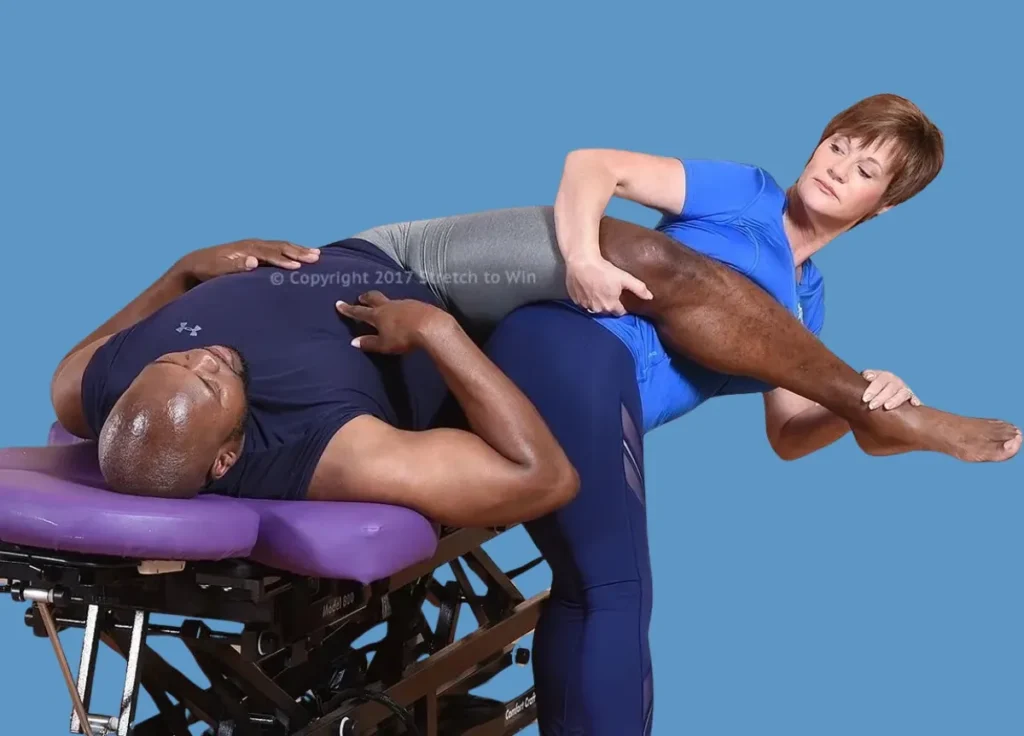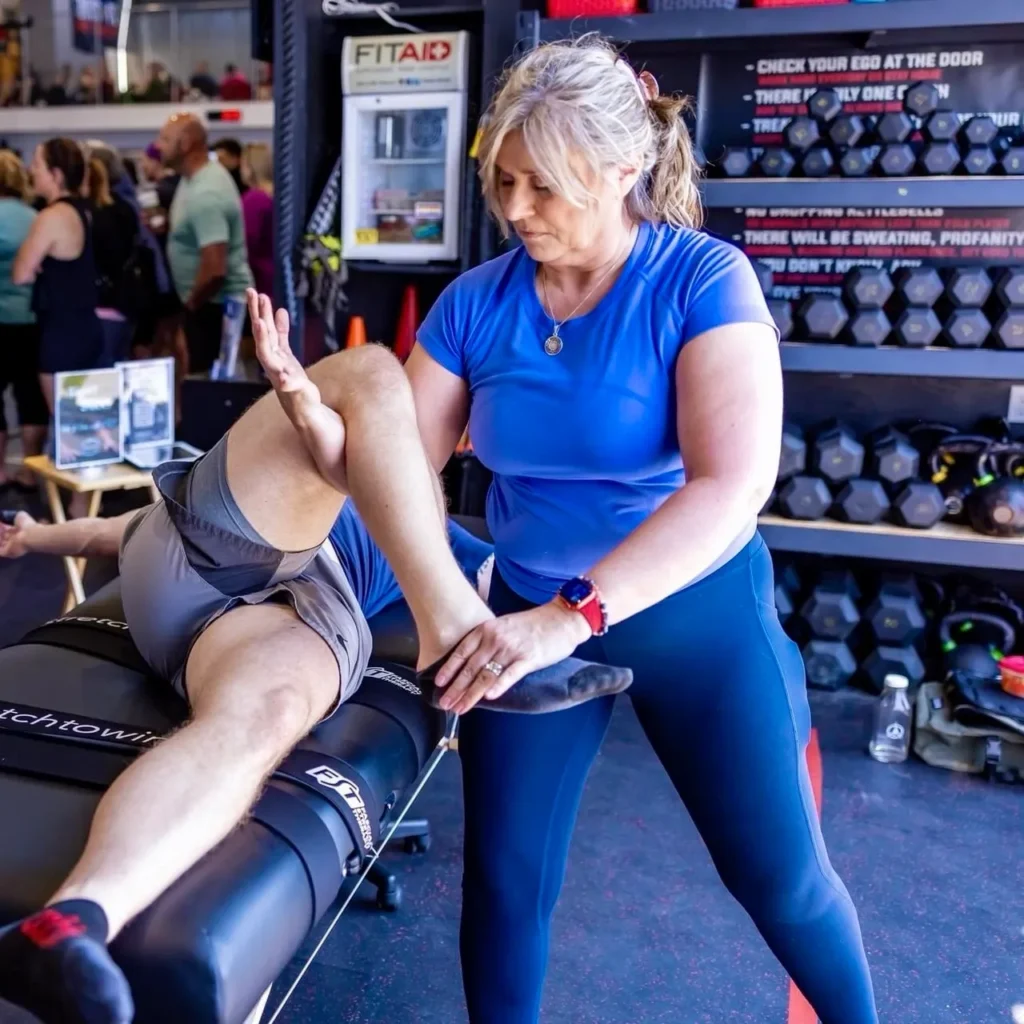How Do We Create Athletic Prowess?
Athletic success hinges on multiple factors like strength, endurance, technique, and mental toughness. Often overlooked, mobility can be the missing key to peak performance. Improved mobility not only enhances capacity but also reduces injury risk, accelerates recovery, and extends an athlete’s career. Fascia Stretch Therapy (FST) is a particularly effective approach.
Understanding Mobility in Athletics

Good mobility, not to be confused with flexibility, is essential for athletes to allow for efficient movement patterns, key to enhanced performance. For instance, better hip mobility helps a hockey player achieve a longer stride and thus more power, while improved shoulder mobility aids a baseball player in throwing further with more accuracy.
The Role of Fascia in Mobility
Glistening Living Fascia. Photo credit: Dr. Jean-Claude Gimberteau, M.D, surgeon specialist in reconstructive and plastic surgery. www.endovivo.com
Fascia, the connective tissue that surrounds muscles, bones, joints and organs, provides tensional support, the potential for movement in its ability to slide and glide and enables proper communication from body to brain. When fascia becomes restricted due to repetitive motion, injury, or lack of movement, it can limit mobility, limit effective communication, and lead to pain. This is how Fascia Stretch Therapy comes into play.
Fascia Stretch Therapy: A Game-Changer
FST is a manual therapy technique targeting fascia to improve its elasticity and hydration. Unlike traditional stretching, which focuses on lengthening individual muscles, FST works the fascial system as a whole. This holistic approach ensures entire lines of fascia (including related muscles and joints) are rebalanced, leading to comprehensive improvements in mobility.
Benefits of FST for Athletes

- Enhanced Performance: Incorporating FST into an athlete’s training program can profoundly enhance flexibility, performance and recovery. By helping athletes move more freely and efficiently, they can access and train better technique, faster speeds, and more power in movement, ultimately enhancing performance.
- Injury Prevention: Tight fascia can lead to imbalances and inefficient movement patterns, increasing the risk of injuries such as strains caused by overuse. FST helps maintain optimal fascial health, reducing these risks and unlocking movement to tighter areas.
- Faster Recovery: Post-exercise, FST helps to reduce muscle soreness by bringing pliability and glide back to the fascia, promoting nutrient flow and quicker recovery, allowing athletes to train more consistently.
- Longevity: Regular FST contributes to long-term joint health and flexibility, helping athletes maintain their performance and ability to move well as they age.
Incorporating FST into Training

For athletes looking to incorporate FST into their routine, working with a certified Fascia Stretch Specialist (CFSS) or sport-specific FST practitioner (FSTA) is recommended. These professionals are trained at the highest level, and for the FSTA have pro athlete training. Regular sessions vary based on training intensity and recovery needs.
Conclusion
Better mobility is crucial for athletic performance, influencing technique and injury prevention. Fascia Stretch Therapy offers an effective means of enhancing mobility by addressing fascia. For athletes striving to reach their peak, incorporating FST into their training can be a game-changer, promoting efficient and free movement, leading to a longer, healthier career.
Until next time…
~ breathe ~ move ~ unwind ~





